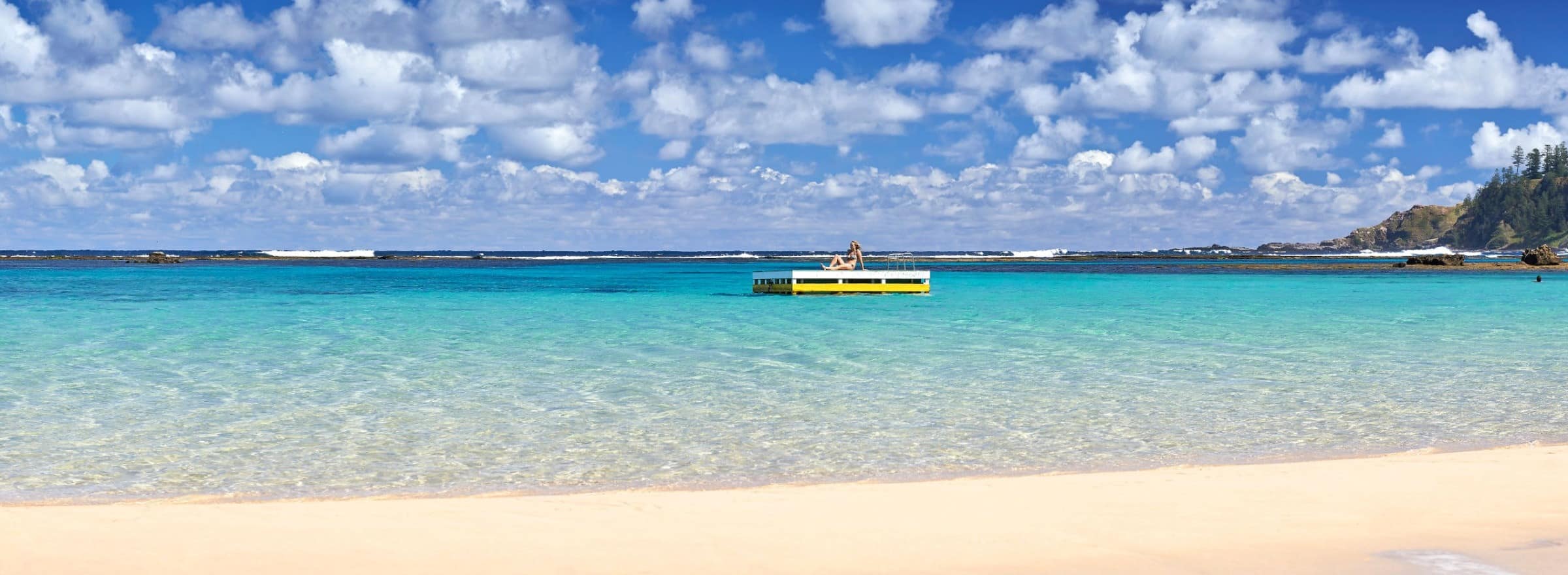Norfolk Island, a hidden jewel in the South Pacific, is a destination teeming with unique history, stunning landscapes, and a warm, welcoming community. This guide unveils some lesser-known facts about Norfolk Island, enhancing your understanding and appreciation of this enchanting island.
Whether planning a tranquil Norfolk Island holiday, a culturally rich Norfolk Island travel experience, or an adventurous exploration through Norfolk Island tours, this article offers insights that enrich your journey.
Our carefully crafted Norfolk Island holiday packages are designed to offer an immersive experience into the island’s distinct character. From its rugged coastline to its lush greenery, every aspect of a holiday in Norfolk Island promises a blend of relaxation and discovery. As you delve into this guide, you’ll uncover fascinating aspects of Norfolk Island holidays, from historical anecdotes to natural wonders.
5 Things You Didn't Know About Norfolk Island
A Norfolk Island holiday is truly a unique experience like no other. This charming 8km by 5km island located 1600km off the east coast of Australia is diverse in its offering of tradition, culture, history, endemic flora and fauna, and stunning scenery. Here are five things that you might not know about Norfolk Island.
Zero Cases of Covid 19
Thanks to forward planning of border closures, along with strict quarantine measures, Norfolk Island has not had any recorded cases of the pandemic that has sadly affected so many people as it has swept across the globe. One of the first communities to allow restaurants and cafes to open, social distancing was quickly put in place on Norfolk, along with standard requirements as per the World Health Organisation, to ensure that Norfolk was ready to once again welcome visitors as soon as flights recommence with a friendly ‘Welkam tu Norf’k Ailen’.
Tradition and Culture
Speaking of ‘Welkam’, Norfolk Island has its own language known as Norf’k. This is a language that is beguiling in its origin and sing-song beauty. I have been fortunate to hear this eclectic mix of 18th-century English, Tahitian and a smattering of West Indian Creole spoken by the Islanders and the elders, and it is an absolute pleasure to behold. The Islanders are incredibly proud of their origins and have passed their language down through the generations. It is spoken widely amongst the Islanders, and the Norfolk Island Language (Norf’k) Act 2004 recognised Norf’k as an official language of Norfolk Island. However, Norf’k was added to the World Endangered Languages list by UNESCO in 2007, though steps have been taken to ensure this beautiful language will always live on as it now forms part of the Norfolk Island Central School’s curriculum.
History
Norfolk Island is steeped in history spanning numerous centuries. There have been four recorded settlements, with the first commencing around the 14th or 15th century when Polynesian seafarers ventured ashore at what is now known as Emily Bay. Evidence of their existence lies in what they left behind for future generations to discover. Stone tools and hatchets, the remains of a canoe, wood carvings and plantain (banana) trees. How or why the Polynesians departed Norfolk is shrouded in mystery. It is not known how many of these seafarers came ashore, as there were no burial sites to be found. This indicates to researchers that the Polynesians were only passing through, and did not have any intention of settling on Norfolk.
The next two settlements are a dark period in Norfolk’s history with stories of terrible brutality endured during the penal years. A mixture of prison ruins and fine Georgian architecture attest to these times and remain standing along the stunning waterfront of Kingston. This is where the most notable and beautiful story of the fourth settlement commences, when after a harrowing voyage over rough seas, the entire population of Pitcairn Island, consisting of 194 descendants from the HMS Bounty Mutineers arrived on Norfolk Island on the 8th June, 1856.
Flora and Fauna
Home to many endemic flora and fauna, Norfolk’s sub-tropical climate offers perfect conditions to migratory sea birds that breed during the warmer months. The rocky outcrops of the islets that dot the coast and the tall expanse of the Norfolk Pine branches provide ideal habitats, free from predators. Norfolk Island is a bird watchers paradise, with over 20 different species including the Sooty Tern, Red Tailed Tropicbird and Wedge-tailed Shearwater that majestically soar above the island. Make sure to take a stroll amongst the marked trails of the National Parks or through the Botanic Gardens during your holiday on Norfolk Island to see the variety of over 200 native plants, including the Norfolk Treefern which is one of the tallest tree ferns in the world. The Norfolk Island National Park was formed in the mid 1980s to protect endangered plants and animals, and ensure their survival.
Stunning Scenery
The white background and green Norfolk Pine on the official flag of Norfolk Island, is proudly waved during such sporting events as the Commonwealth Games, and represents the stunning natural beauty of the island’s Norfolk Island Pine which dominates the skyline. The pure freshness of the sea air coupled with an incredible 360-degree vista of the expanse of the South Pacific Ocean, along with the crystal blue waters contribute to the stunning scenery you will encounter on your visit to Norfolk Island.
Spacifica Travel are travel consultants specialising in Norfolk Island Holidays. Browse our latest Norfolk Island travel deals or get in touch on 1800 800 722 to book.
